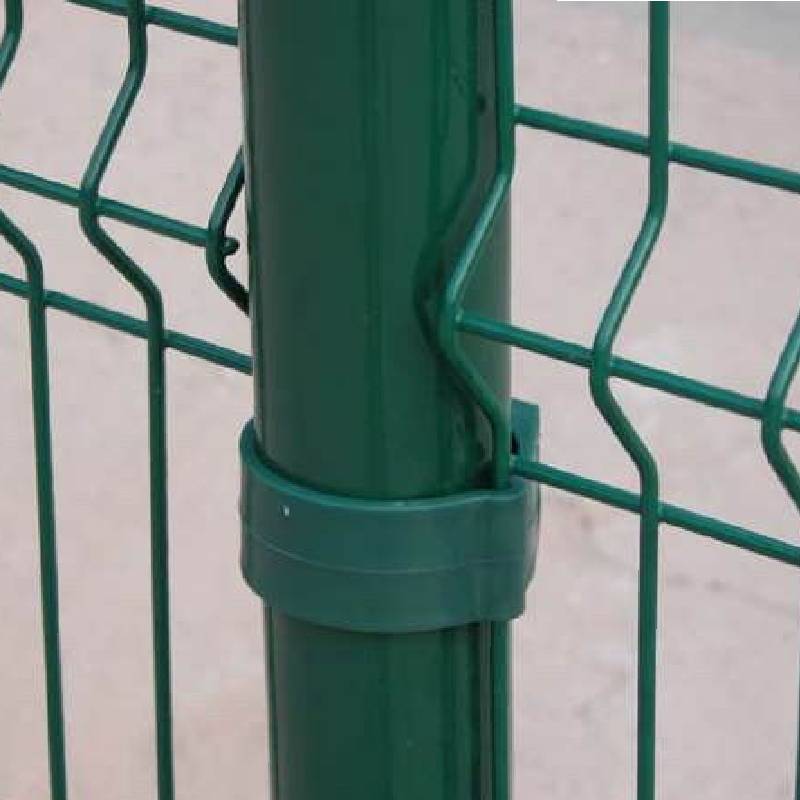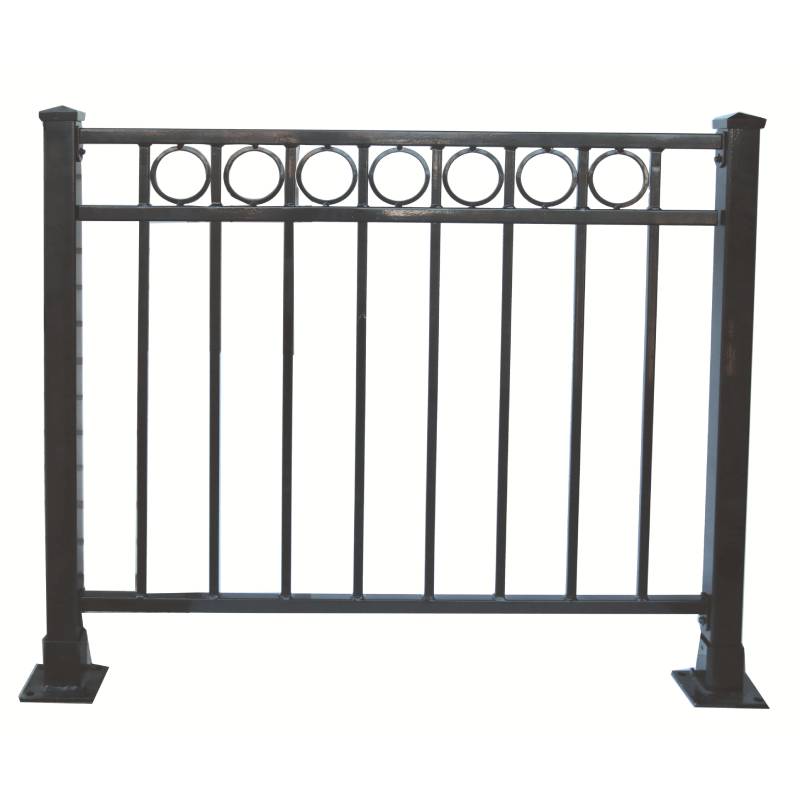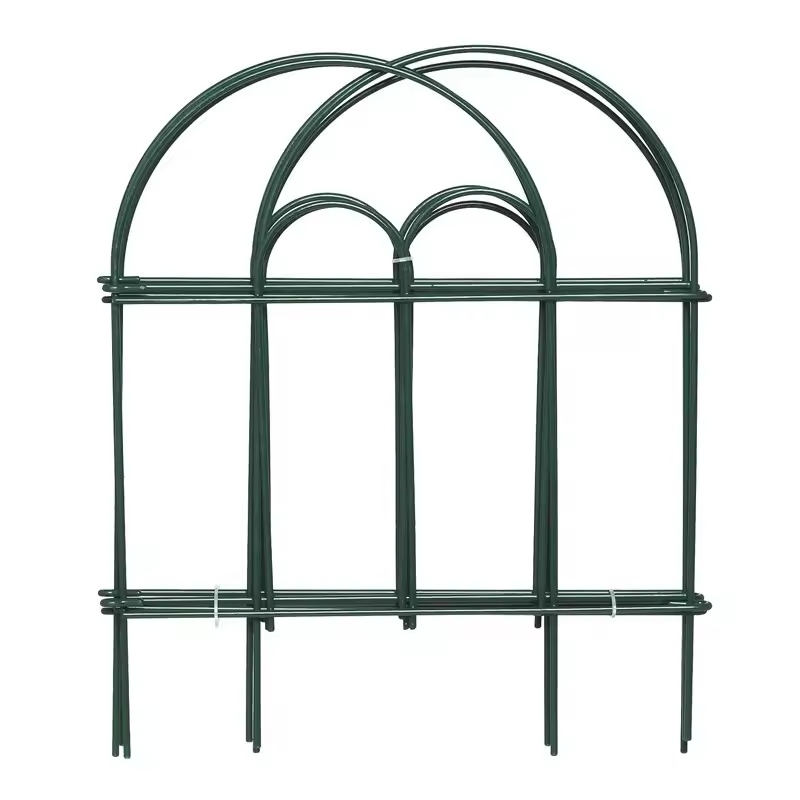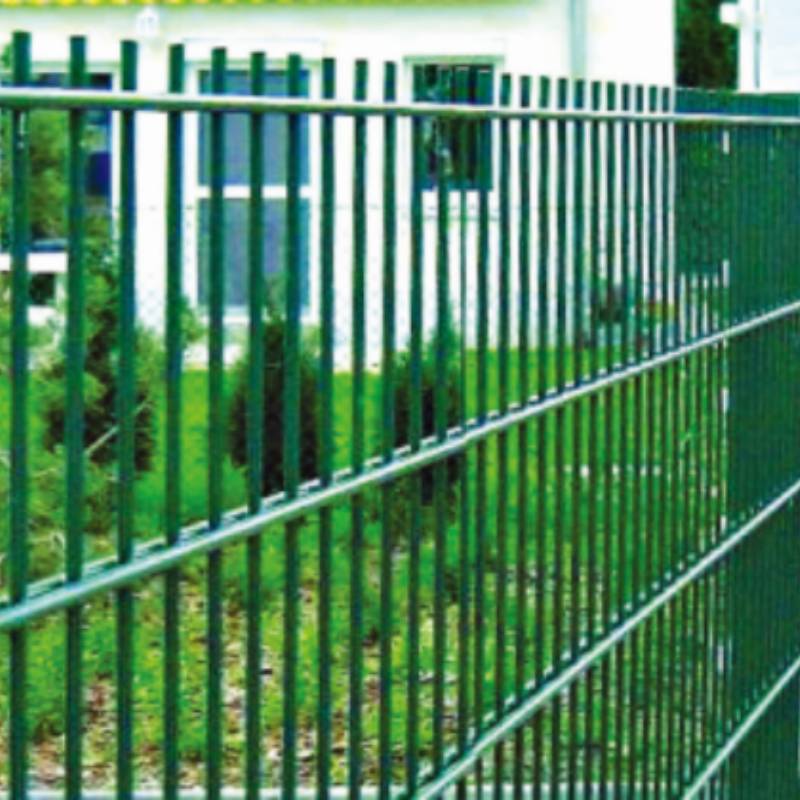-
E-post:zhao@hyliec.cn
-
Tel:+86 311 85273988
-
WhatsAPP:8613931128750
-
 afrikanska
afrikanska -
 albanska
albanska -
 amhariska
amhariska -
 arabiska
arabiska -
 armeniska
armeniska -
 azerbajdzjanska
azerbajdzjanska -
 baskiska
baskiska -
 vitryska
vitryska -
 bengaliska
bengaliska -
 bosniska
bosniska -
 bulgariska
bulgariska -
 katalanska
katalanska -
 Cebuano
Cebuano -
 korsikanska
korsikanska -
 Kroatisk
Kroatisk -
 tjeckiska
tjeckiska -
 danska
danska -
 holländska
holländska -
 engelsk
engelsk -
 esperanto
esperanto -
 estniska
estniska -
 finska
finska -
 franska
franska -
 frisiska
frisiska -
 galiciska
galiciska -
 georgiska
georgiska -
 tysk
tysk -
 grekisk
grekisk -
 Gujarati
Gujarati -
 haitisk kreol
haitisk kreol -
 hausa
hausa -
 hawaiian
hawaiian -
 hebreiska
hebreiska -
 Nej
Nej -
 Miao
Miao -
 Ungerska
Ungerska -
 isländska
isländska -
 igbo
igbo -
 indonesiska
indonesiska -
 irländsk
irländsk -
 italienska
italienska -
 japanska
japanska -
 javanesiska
javanesiska -
 Kannada
Kannada -
 kazakiska
kazakiska -
 Khmer
Khmer -
 rwandiska
rwandiska -
 koreanska
koreanska -
 kurdiska
kurdiska -
 kirgiziska
kirgiziska -
 TB
TB -
 latin
latin -
 lettiska
lettiska -
 litauiska
litauiska -
 Luxemburgiska
Luxemburgiska -
 makedonska
makedonska -
 Malgashi
Malgashi -
 malajiska
malajiska -
 Malayalam
Malayalam -
 maltesiska
maltesiska -
 Maori
Maori -
 Marathi
Marathi -
 mongoliska
mongoliska -
 Myanmar
Myanmar -
 nepalesiska
nepalesiska -
 norska
norska -
 norska
norska -
 occitanska
occitanska -
 Pashto
Pashto -
 persiska
persiska -
 putsa
putsa -
 portugisiska
portugisiska -
 Punjabi
Punjabi -
 rumänska
rumänska -
 ryska
ryska -
 Samoan
Samoan -
 skotsk gaeliska
skotsk gaeliska -
 serbiska
serbiska -
 engelsk
engelsk -
 Shona
Shona -
 Sindhi
Sindhi -
 singalesiska
singalesiska -
 slovakiska
slovakiska -
 slovenska
slovenska -
 somaliska
somaliska -
 spanska
spanska -
 Sundanesiska
Sundanesiska -
 Swahili
Swahili -
 svenska
svenska -
 Tagalog
Tagalog -
 tadzjikiska
tadzjikiska -
 Tamil
Tamil -
 tatariska
tatariska -
 Telugu
Telugu -
 Thai
Thai -
 turkiska
turkiska -
 turkmeniska
turkmeniska -
 ukrainska
ukrainska -
 Urdu
Urdu -
 Uigur
Uigur -
 uzbekiska
uzbekiska -
 vietnamesiska
vietnamesiska -
 walesiska
walesiska -
 Hjälp
Hjälp -
 jiddisch
jiddisch -
 Yoruba
Yoruba -
 Zulu
Zulu
Panel staket
Wholesale Metal Fence Panels ?
Wholesale metal fence panels are a popular choice for those looking for durable and secure fencing solutions. These panels are often made steel materials providing a
strong and long-lasting option for garden fencing. They are available in various designs and sizes, making them suitable for a wide range of applications. Wholesale options offer cost-effective solutions for purchasing metal fence panels in bulk, making them ideal for contractors, landscapers, and property developers looking to install fencing on a larger scale.
Is It Cheaper To Buy Fence Panels Or Build Them?
The cost of buying fence panels versus building them can vary depending on several factors. In general, buying pre-made fence panels can be cheaper and more time-efficient than building them from scratch. Pre-made panels are mass-produced, which often makes them more cost-effective due to economies of scale. Additionally, purchasing fence panels can save on labor costs, as they are typically easier and quicker to install compared to building a fence from individual components. However, building a fence from raw materials allows for more customization and control over the design, which may be a priority for some individuals. It's important to consider the specific requirements, budget, and time constraints when deciding whether to buy or build fence panels.
How To Install A Panel Fence?
To install a panel fence involves several steps:
1. Measure and plan: Determine the length of the fence and calculate the number of panels needed. Plan the layout and ensure the fence posts are installed at the appropriate intervals to accommodate the panels.
2. Install the posts: Dig holes for the fence posts, ensuring they are deep enough to provide stability. Set the posts in concrete and allow them to cure before attaching the panels.
3. Attach the panels: Once the posts are set, attach the panels to the posts using appropriate fasteners such as screws or nails. Ensure the panels are level and properly aligned.
4. Add finishing touches: Depending on the type of panels used, additional finishing touches such as capping, trim, or paint may be required to enhance the appearance and durability of the fence.
5. Maintenance: Regular maintenance, such as cleaning and sealing, may be necessary to ensure the longevity of the fence panels.
It's important to follow the manufacturer's instructions and local building codes when paneling a fence to ensure proper installation and compliance with regulations. If in doubt, it's advisable to consult with a professional or seek guidance from experienced individuals.








